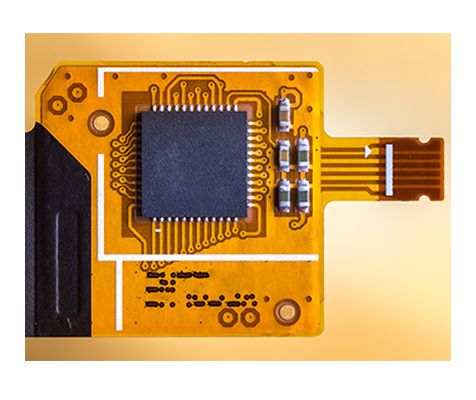Since 1992, Flexdude has been at the forefront of flex circuitry, providing unparalleled design services for a wide range of flex circuits and rigid-flex designs. These services support various industries, including aerospace, automotive, and medical.
Seamless Documentation and Communication
Our documentation packages, which include detailed schematics, Gerber files, drill files, and all the necessary documentation for your fabricators and assembly vendors, are renowned among fabricators for their clarity and thoroughness. These comprehensive packages ensure all critical information is readily available, eliminating time-consuming back-and-forth communication and enabling your project’s smooth and efficient progression.
